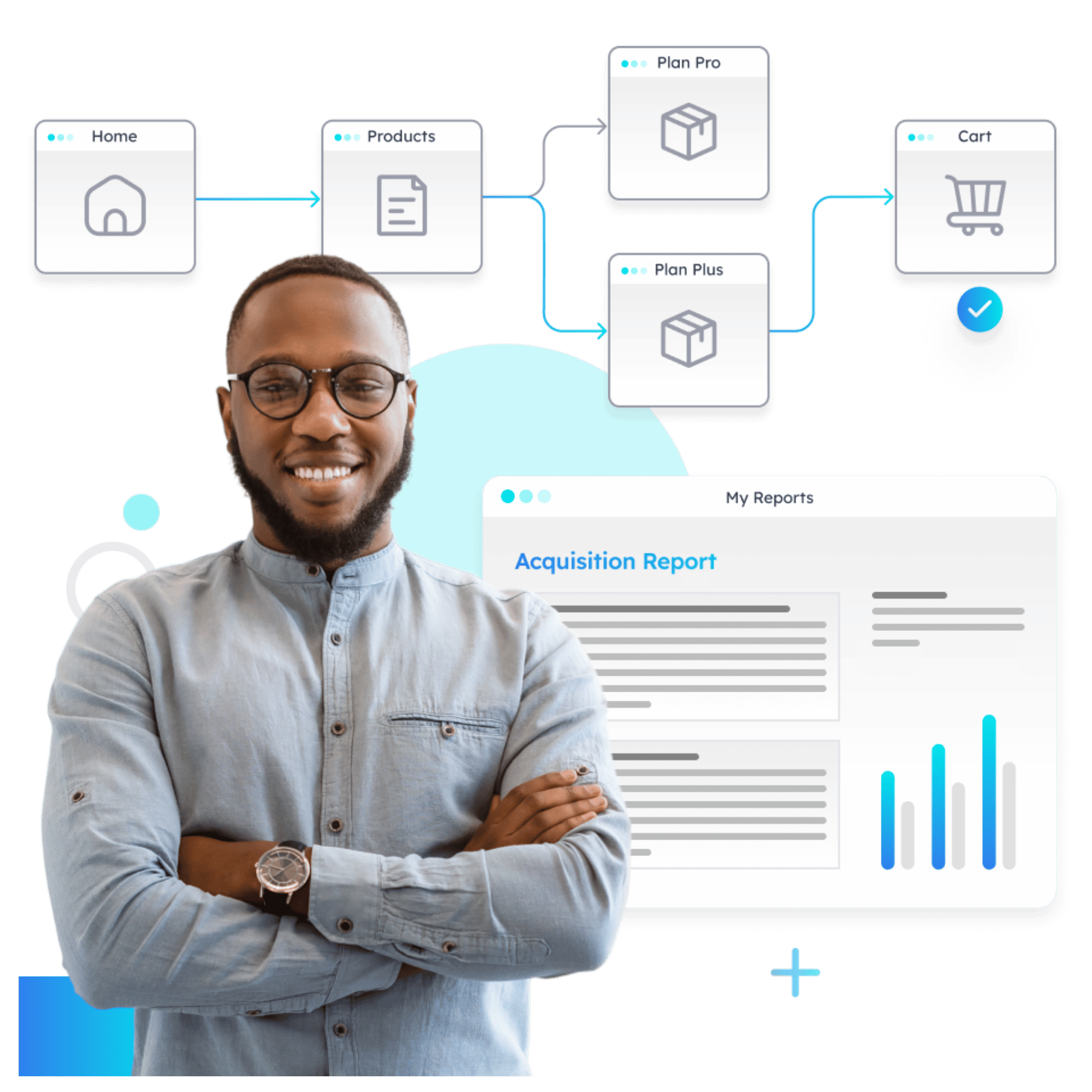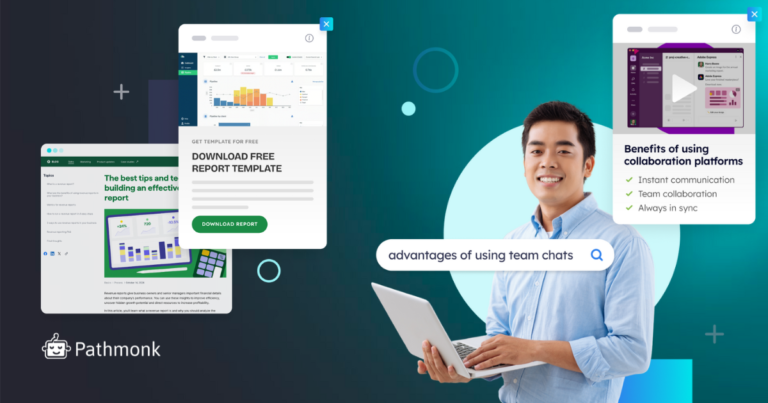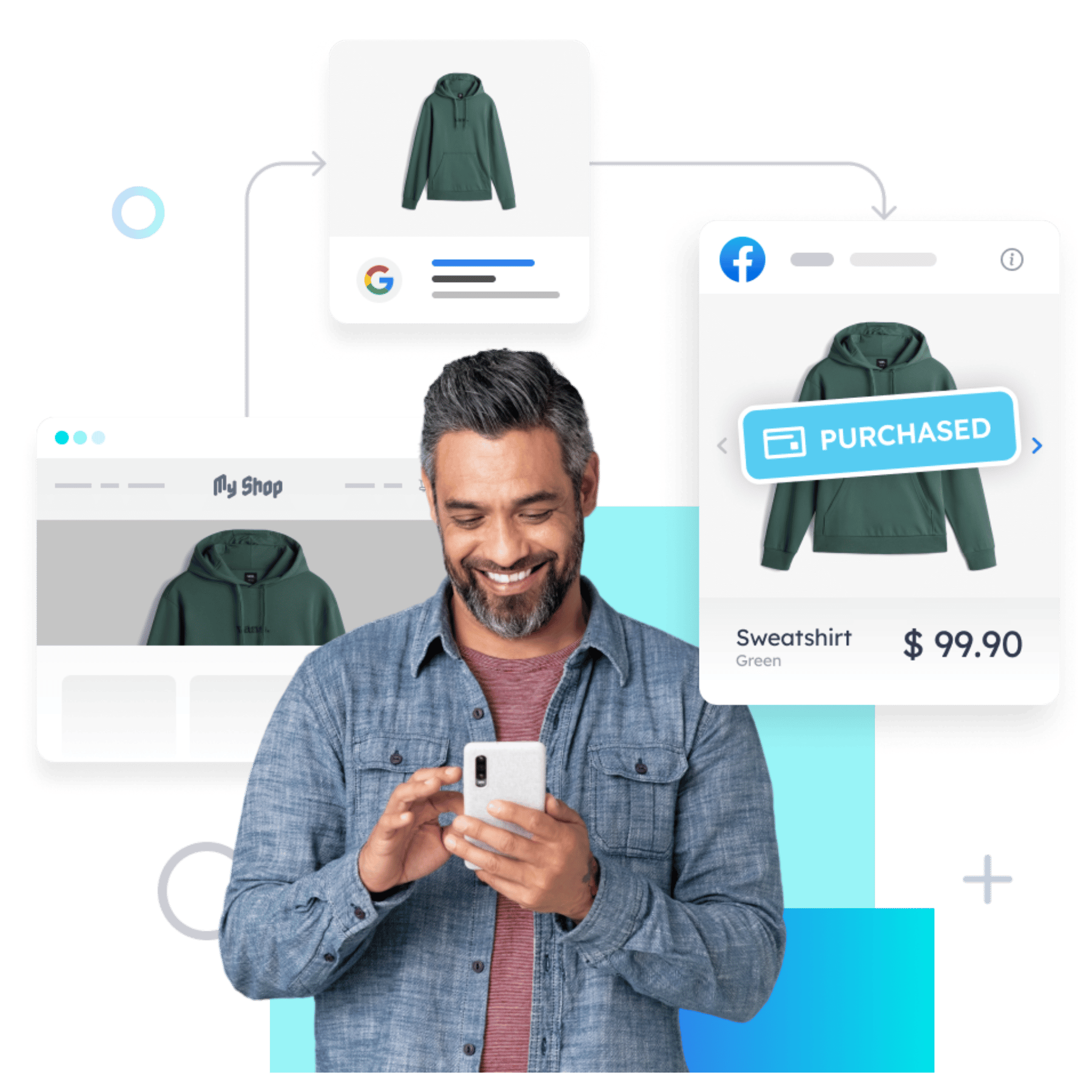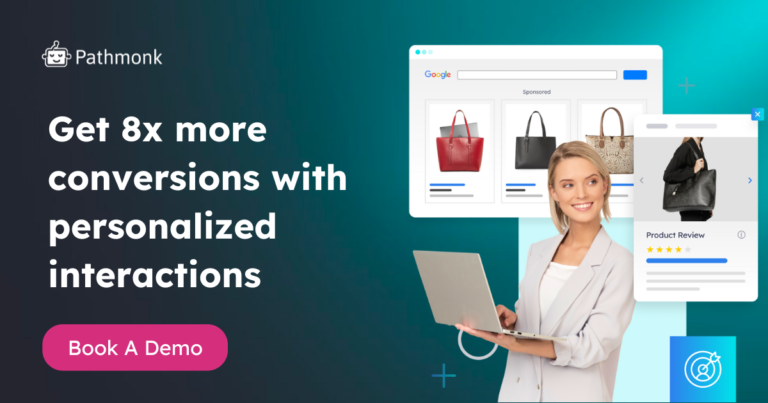
Client churn is the real killer of agency success. Acquiring new clients takes time, effort, and budget—so when they leave too soon, it stings.
Not only does churn disrupt your revenue, but it also forces your team to constantly chase new business instead of focusing on delivering exceptional results.
To truly reduce churn and scale your agency sustainably, two things need to happen: you need to increase client retention and grow your agency’s portfolio. Retention ensures that existing clients see long-term value, while portfolio growth attracts high-quality opportunities that fuel momentum.
Ready to make churn a thing of the past? Let’s get started.
Table of Contents
Why Client Churn Is the #1 Problem for Marketing Agencies
Let’s be honest—when clients churn, it’s rarely out of the blue. Most of the time, the signs are there, and they all point to a common theme: unmet expectations. Here are some key aspects of high client churn for agencies:
1. Difficulty proving ROI
Clients care about one thing: results. They’re investing their budget in your expertise, and if they can’t see a clear return—whether it’s revenue, conversions, or other measurable outcomes—they’re going to question your value.
This becomes a major challenge when campaigns succeed at driving traffic but fail to produce enough conversions. Clients see the numbers—visitors, clicks, impressions—but without tangible results like leads, sales, or ROI, they start to feel like their budget is being wasted.
2. Overpromising and underdelivering
We’ve all seen it happen: an agency sells the dream, but the reality falls short. Overpromising to win new business might work in the short term, but when the results fail to match those lofty expectations, clients lose trust—and fast. Underdelivering on promises is one of the quickest ways to send clients heading for the exit.
3. Replacing lost clients is expensive
Losing a client doesn’t just hurt your revenue—it’s expensive. Constantly replacing churned clients means your team spends more time pitching, negotiating, and onboarding instead of focusing on delivering value to existing accounts. That’s a double hit: you lose billable hours and momentum on the work that drives results.
What’s more, client acquisition costs significantly more than retention. From marketing spend to sales resources, bringing in a new client can cost up to 5x more than keeping an existing one. High churn not only erodes profitability but also stalls agency growth, leaving your team stuck in a cycle of chasing short-term wins instead of building long-term success.
4. Difficulty in channels attribution
Modern marketing involves juggling multiple channels—SEO, PPC, social, email, the list goes on. But tracking how each channel contributes to conversions? That’s where it gets tricky. Attribution is notoriously difficult, especially as customer journeys become more complex and multi-touch.
Tools like Google Analytics often fall short, lacking the detailed, cross-channel insights that clients expect. They might see traffic and conversions, but the why behind those numbers—what worked, what didn’t, and where the real value lies—remains unclear.
Without this level of transparency, it becomes harder to connect your efforts to measurable results, and clients may start questioning your effectiveness. When clients don’t understand how you’re driving success, trust begins to erode—and trust is the foundation of long-term retention.
Understand your customer journey analytics
See how your users behave, find drop-offs, and receive actionable insights with AI.

How to Increase Customer Retention in Marketing Agencies
1.Increase your customers’ results with AI-powered personalization
The best way to make sure your clients don’t churn is to increase their performance.
Bringing more qualified leads to the table, increasing their conversions and presenting your results with intelligent analytics is the way to go if you want to guarantee your clients’ growth and satisfaction.
Pathmonk considers not only the industry your clients are in, but also their customer’s behavior to create unique, memorable user experiences. On top of that, this all-in-one solution increases lead quality, offers predictive analytics insights and cookieless retargeting, for a hyper-personalized customer journey.
And there’s a backload of cases to prove it! For example, this marketing agency increased qualified lead generation in 120% for their client Blake Fire with Pathmonk.
What you can expect from Pathmonk:
- Increase lead generation: Pathmonk boosts conversions by delivering personalized journeys tailored to user intent in real time, turning more visitors into high-quality leads.
- Optimize paid acquisition: Maximize ROI on paid campaigns by automatically improving landing page performance and reducing bounce rates for faster conversions.
- Future-proof organic results: Enhance your organic traffic conversion rate with AI-driven personalization that captures and converts search visitors effectively.
- Retarget without cookies: Drive conversions even in a cookieless world with Pathmonk’s behavior-based retargeting, delivering relevant messages to the right audience.
[CTA to Pathmonk]
2. Identify why clients are churning
If you don’t know why clients are leaving, you can’t stop it. You need to collect data on why clients leave, then refine your approach according to this feedback. Here’s how this process can look like:
- Conduct exit interviews: With some hard questions like:
- “What expectations were not met?”
- “Was the reporting process clear and valuable?”
- “What prompted your decision to explore alternatives?”
- Analyze client performance trends: Detect patterns in underperforming accounts (e.g., drop-offs in campaign ROI or engagement).
- Flag accounts “in danger”: Leverage customer success platforms to identify accounts that show red flags. They can be: lack of logins, engagement, or downward KPIs.
See how we are mixing qualitative and quantitative data? This is the secret to identify issues early and build better retention frameworks.
3. Apply active, proactive communication
Don’t wait for clients to come to you with concerns—be one step ahead. Regular communication keeps your clients informed, engaged, and aware of your impact. You can send them:
- Performance overviews to highlight measurable progress.
- Interesting insights like trends, opportunities, or creative suggestions.
- Strategic emails that reinforce your value and keep them excited about what’s next.
You can even combine tools like Loom for video updates, visual PDFs for quick wins, and live dashboards for transparency. Make it look interesting and attractive. Active communication reassures clients, proves progress, and strengthens the relationship before doubts creep in.

4. Define a clear client roadmap
Clients stick around when they know where they’re headed. From the start, outline a transparent roadmap with clear deliverables, realistic timelines, and measurable KPIs.
Here’s an example of how a 3-month roadmap could look for a paid media campaign:
Phase | Timeline | Deliverables | KPIs |
Onboarding & Audit | Week 1-2 | – Campaign structure audit – Goal setting session – Benchmark analysis | – Initial performance baseline established |
Optimization | Week 3-6 | – Refined targeting & ad creatives – A/B testing implementation – Budget reallocation plan | – 20% increase in CTR – CPA reduced by 10% |
Scaling | Week 7-12 | – Expanded campaign reach – Retargeting strategies – Performance report with insights | – Improved ROAS by 25% |
Remember to use SMART KPIs—specific, measurable, achievable, relevant, and time-bound—to avoid setting unrealistic expectations that create churn risks. A detailed roadmap builds client confidence, keeps teams aligned, and proves accountability.
5. Keep an eye on your competition
Your clients are exploring alternatives—it’s a reality. Take the time to research your competitors’ pricing models, service offerings, and client case studies. Be aware of what your competitors are offering, their strengths, and more importantly, their limitations.
Equip yourself with solid arguments to confidently explain why your agency is the best choice during client calls. Demonstrating industry knowledge and positioning yourself as a strategic partner makes it harder for clients to leave.
6. Build a knowledge base
Empower your clients to get the most out of your services by creating a knowledge base. Whether it’s FAQs, tutorial videos, or resource libraries, a well-structured knowledge base helps clients:
- Understand your process.
- Address small issues without constant back-and-forth.
- Learn best practices to achieve stronger results.
This extra layer of support shows you’re invested in their success, which builds long-term loyalty.
How to Grow Your Agency’s Portfolio
Growing your agency’s portfolio doesn’t mean only acquiring more clients—it means attracting the right clients. Here’s how to do it:
Identify companies visiting your website
Not everyone who visits your website is ready to book a call, but that doesn’t mean they’re not interested. Tools like Pathmonk help you identify these “invisible leads” by tracking company visits, page views, and time spent on your site.
Let’s say a SaaS company keeps revisiting your “PPC Case Study” page. That’s your chance to strike. Build a personalized Account-Based Marketing (ABM) campaign:
- Reach out to their decision-makers.
- Share results from similar clients.
- Offer a tailored consultation.
By focusing on companies already showing intent, you skip the guesswork and pitch directly to those who are more likely to convert.
Personalize the customer journey on your website
Your website should feel tailor-made for visitors—especially if they’re coming from paid, organic, or referral traffic. Instead of showing the same homepage to everyone, dynamically personalize content based on who they are and where they came from.
The more you align your content with user intent, the better your chances of converting visitors into leads. Simple tweaks—like a banner for a case study relevant to their industry—can make all the difference.
Attract more MQLs with unique resources
Here’s the reality: clients need a reason to engage with you. Offering high-value, problem-solving resources positions your agency as an authority while pulling in Marketing Qualified Leads (MQLs).
What works best?
- Templates: PPC budget planners, content calendars, or SEO checklists.
- In-depth case studies: Share the how behind your best-performing campaigns.
- Industry reports and insights: Original data with actionable takeaways.
Imagine creating a resource like “2024 Trends in B2B Paid Media: Benchmarks & Strategies”—that’s the kind of lead magnet that speaks directly to decision-makers looking for real insights. Pair it with a dynamic form to capture high-quality leads, and you’ll have a steady stream of prospects who already see you as a valuable partner.

Leverage analytics for tailored e-mail campaigns
Email marketing works—if it’s segmented and personalized. Use actionable analytics to segment your audience and trigger workflows based on their behavior.
For example:
- A lead downloads your SEO guide → Follow up with an email showcasing a relevant SEO case study.
- A prospect visits your “Retargeting Services” page → Send a targeted email offering a consultation on improving ROAS.
Forget generic blasts—leads want emails that feel relevant and timely, not spammy.
Use personalized retargeting to nurture leads
Sometimes, leads need a nudge to take the next step. Personalized retargeting keeps your agency top of mind while reinforcing your value.
Here’s how you can do it:
- Website visitors: Show ads featuring a relevant service, like “Learn how we achieved a 4x ROAS for SaaS companies.”
- Content downloaders: Follow up with ads offering case studies or consultations.
- Campaign-specific traffic: Use dynamic creatives to personalize ad visuals and messaging.
The result? Leads see you as a consistent presence—and one step closer to becoming clients.
2.5x better ad results with cookieless retargeting
Create high-converting retargeting ads based on your users' real-time intent.

To reduce client churn in marketing agencies, it’s necessary to build trust, deliver measurable results, and position your agency as an indispensable partner. By focusing on retention strategies, growing your portfolio with high-value opportunities, and addressing key challenges like attribution and ROI, you can future-proof your agency’s success.
Tools like Pathmonk make it even easier to prevent churn by increasing your client’s results, with little effort and high impact. Ready to keep your clients longer and grow sustainably?
- Explore our interactive demo for a firsthand experience of AI-driven personalization; or
- Book a product tour with our team to have a closer look into what Pathmonk can do for your clients.






